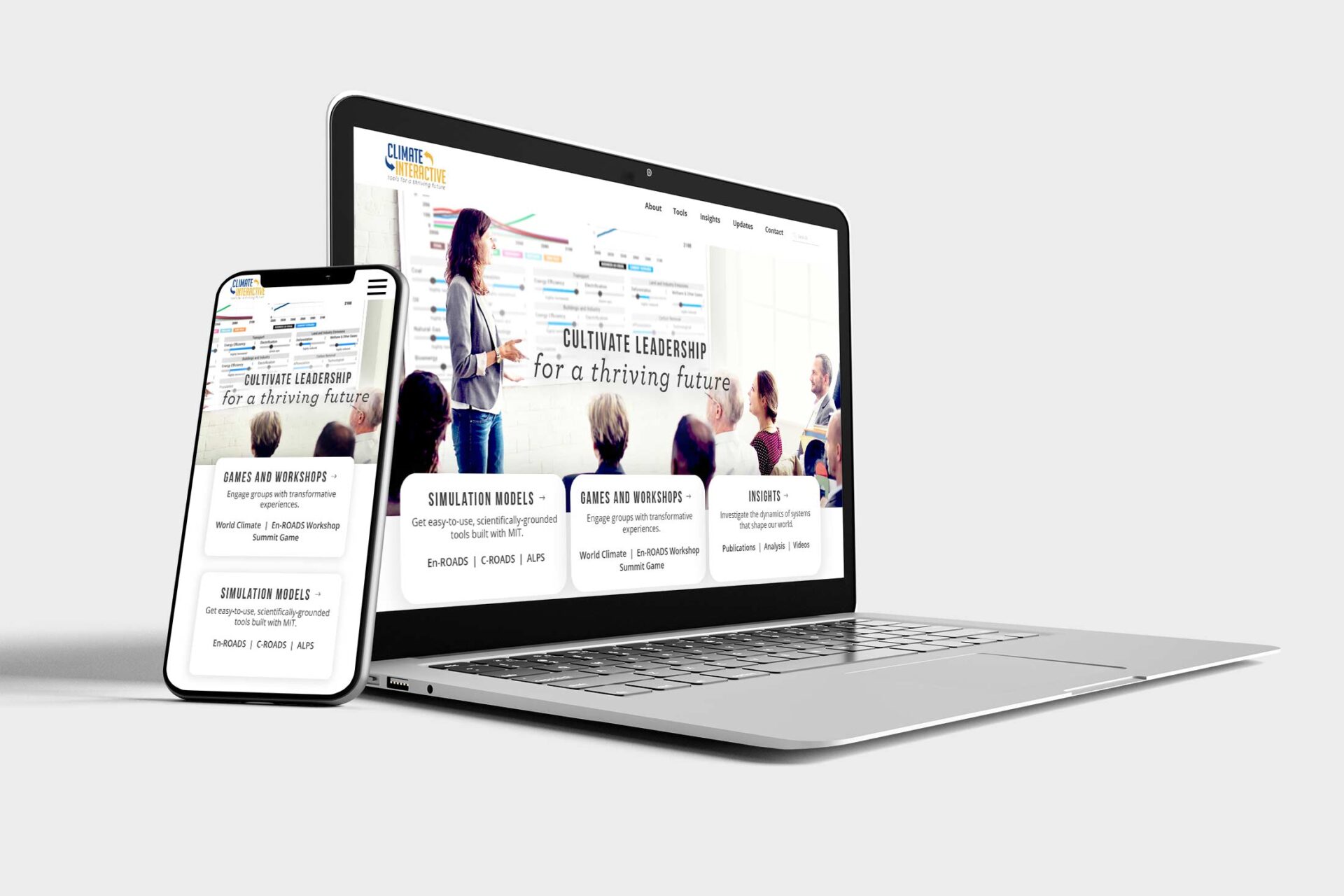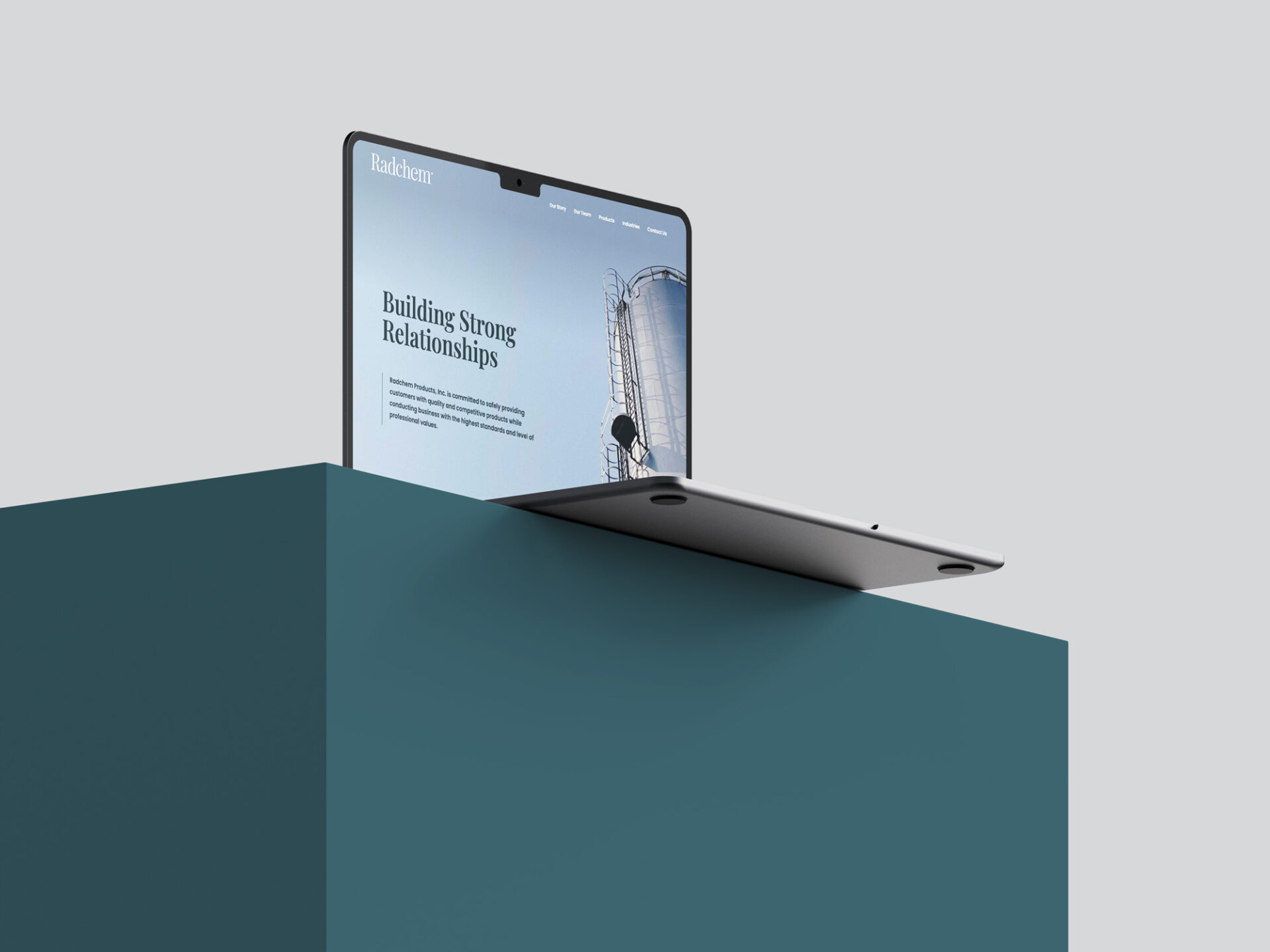From fledgling startups to sprawling enterprises, the approach to establishing an online presence is critical, reflecting not just the brand’s identity but its operational ethos and engagement strategy. The advent of no-code or low-code builders has democratized access to web development, enabling even the most technically uninitiated to craft compelling online spaces based on templates. Conversely, full-stack agencies offer bespoke solutions that cater to complex needs and nuanced brand narratives. This spectrum of web design methodologies offers businesses a tailored approach to digital strategy, balancing between the agility of no-code platforms and the sophistication of custom development. As we go deeper into the nuances of web design across different business scales, it becomes evident that the choice of platform or creative agency is not just about building a website—it’s about forging a digital identity that resonates with both the brand and its audience.

When the Size Matters
For startups, navigating the digital landscape can be as daunting as it is crucial. These emerging entities face the dual challenge of establishing a brand identity and reaching potential customers with limited resources. No-code platforms, with their user-friendly interfaces, offer a lifeline, enabling startups to launch websites swiftly and at a fraction of the cost of custom development. This agility allows startups to iterate rapidly, adapting their online presence in real-time to market feedback without significant financial overhead.
As businesses grow, the digital strategy must evolve. Small businesses, often characterized by a workforce of up to 500 employees, find themselves at a crossroads. The scalability and customization limitations of no-code solutions become apparent as they seek to differentiate themselves in a crowded market. Here, the expertise of full-stack agencies becomes invaluable. Agencies can bring a depth of experience, offering not just web design but comprehensive digital strategies encompassing SEO, content marketing, and bespoke integrations that align with the brand’s evolving objectives.
Large enterprises operate in a different realm altogether. With complex organizational structures and operations that span across borders, the web design needs of these entities are multifaceted. Custom development is not just a preference but a necessity, catering to intricate requirements around security, scalability, and integration with legacy systems. Full-stack web agencies, with their comprehensive services, are often the partners of choice for such enterprises. They offer not just design and development but also a strategic partnership that supports the enterprise’s digital journey over the long term.
The web design agency environment is rich and varied, offering solutions for businesses at every stage of growth. From the simplicity and immediacy of no-code builders to the nuanced, strategic approach of full-stack agencies, the digital tools and partnerships available today empower businesses to forge their path in the digital world.

The Role of UX Design
User experience (UX) design plays a pivotal role in connecting businesses with their users, yet its application and emphasis can vary significantly across companies of different sizes. For startups, UX design often focuses on rapid prototyping and user testing to quickly iterate and find product-market fit. Small businesses, on the other hand, might prioritize UX enhancements to differentiate from competitors and improve customer satisfaction and retention. Large enterprises typically invest in comprehensive UX strategies, incorporating advanced analytics, accessibility, and cross-platform consistency to refine and personalize the user experience at scale. Each business size has unique priorities and resources for UX, influencing their approach from minimal viable products to extensive user research and testing.
In continuing, for startups, the UX process is typically lean, focusing on understanding the core user base and rapidly iterating the product based on feedback. This stage values flexibility and speed over depth and breadth. Small businesses, having established a market presence, aim to deepen user engagement and loyalty through more refined UX strategies, often focusing on optimizing existing user interfaces and workflows for better performance and user satisfaction. Large enterprises, with their complex ecosystems, invest in extensive UX research, global user testing, and accessibility standards, aiming for a seamless experience across a wide range of products and services. This comprehensive approach ensures consistency and high-quality user interactions, reinforcing brand reputation and user trust on a large scale.
Accessibility and usability are essential for larger websites with a broad audience. Ensuring that a site is accessible to people with disabilities, such as those requiring screen readers or alternative navigation methods, is not only a legal requirement in many jurisdictions but also a best practice for inclusive design. Usability ensures that the site is easy to navigate and understand for all users, enhancing the overall user experience and satisfaction. It’s crucial for maintaining engagement and facilitating seamless interactions across diverse user groups.
Accessibility and usability directly impact marketing websites and branding by shaping the user’s experience and perception of a brand. An accessible and user-friendly website demonstrates a brand’s commitment to inclusivity and customer care, positively influencing brand reputation. It broadens the audience reach, including those with disabilities, enhancing brand loyalty and engagement. Furthermore, accessible sites often rank higher in search engine results, improving visibility and driving more traffic. Thus, investing in accessibility and usability is not just ethical and legal compliance but a strategic marketing advantage that distinguishes brands in competitive markets.
From Local to Global SEO Strategies
The SEO approach transitions from local to global by initially focusing on targeting specific geographic locations, optimizing for local search terms, and building a presence in local directories and maps. As businesses expand globally, the strategy shifts to include broader, international keywords, cultural and linguistic variations in content, and technical SEO for different regions. This progression involves understanding and adapting to the diverse search behaviors and preferences of a global audience, ensuring the website is accessible and relevant to users worldwide.
Expanding globally, SEO must accommodate varied languages and cultural nuances, requiring localized content for each market while maintaining the brand’s core message. This involves using hreflang tags for language and regional URLs, ensuring search engines present the correct version to users. Additionally, understanding and integrating global SEO trends, such as voice search and mobile optimization, become crucial. The objective is to create a universally accessible, yet regionally tailored web presence that resonates with international audiences, driving both global reach and local engagement.

Visuals and Narrative in Web Design: Small Sites vs. Large Enterprise-Level Websites
For Small Site Design:
Small sites often prioritize simplicity and clarity in their visual design, using compelling imagery and concise narratives that resonate with their target audience. The focus is on creating an intuitive user experience where visuals and stories effectively communicate the brand’s values and offerings without overwhelming the user.
For Large Enterprise-Level Websites:
Large enterprise-level websites incorporate sophisticated visual designs and complex narratives that cater to a diverse global audience. They often utilize a broader palette of multimedia content to tell their brand story, integrating interactive elements and data visualization to engage users deeply. These sites must balance aesthetic appeal with functionality to serve various user needs across different regions and languages.
Marketing Funnels and Lead Gen
Marketing funnels and lead generation strategies vary significantly between small sites and large enterprises, reflecting their unique business models and customer engagement goals. Small sites often focus on straightforward funnels that quickly convert visitors through clear calls-to-action, leveraging direct forms of lead generation like sign-ups or product purchases. In contrast, large enterprises typically deploy more complex funnels that nurture leads through various stages of engagement, employing a mix of content marketing, email campaigns, and personalized interactions to gradually guide prospects towards conversion. Both approaches, however, aim to optimize the user journey from initial awareness to the final action, adapting tactics to fit the scale and nuances of their target audience.
Call-to-action (CTA) design is crucial in guiding users toward a desired action, be it signing up, purchasing, or learning more. Effective CTAs are visually striking, using contrasting colors and clear, compelling text that stands out on the page. For small sites, CTAs tend to be straightforward and direct, focusing on immediate conversion. Large enterprises may offer multiple, nuanced CTAs tailored to different user segments or stages of the customer journey. The key is clarity, relevance, and urgency, ensuring users know exactly what action to take and why it benefits them.

Design, Visuals and Storytelling
In web design, the interplay between form and function is paramount, where visuals and storytelling converge to create engaging user experiences. Design is not merely about aesthetics but how it facilitates interaction, guiding users through a narrative that resonates with their needs and motivations. Visual elements, from color schemes to typography, are chosen with intentionality to evoke emotions and reinforce the story being told, ensuring that every visual detail contributes to the overall journey.
Visuals serve as the silent storytellers of a website, capable of conveying complex ideas and emotions swiftly and effectively. They are the first point of contact with the user, setting the tone and expectations for what’s to come. The choice of images, icons, and even white space plays a critical role in narrating the brand’s story, with the power to captivate and hold the user’s attention, making the message memorable.
Storytelling, woven through the fabric of design and visuals, turns a static website into an immersive experience. It’s about crafting a coherent narrative that users can follow, connecting them emotionally to the brand. This narrative drives engagement by providing users with a clear purpose and direction, making their journey intuitive and meaningful. Balancing form with function in storytelling means aligning the narrative flow with user-friendly design principles, ensuring that the story enhances usability rather than detracting from it.
Design for small businesses focuses on straightforward, cost-effective solutions that prioritize ease of use and clear communication of the brand’s value proposition. Small business design often leverages templates or modular systems that can be easily customized, emphasizing a user-friendly experience and quick information access.
In contrast, large enterprises invest in comprehensive design systems that ensure consistency across various platforms and touchpoints. These systems are scalable, flexible, and meticulously documented, supporting a wide range of products and services. Large enterprise design systems incorporate guidelines for everything from typography and color schemes to interaction patterns and data visualization, facilitating a cohesive brand experience globally.
The scale of the business influences the complexity and scope of the design approach, with small businesses seeking immediacy and simplicity, while large enterprises focus on depth, consistency, and scalability to meet diverse user needs.
We Can Help You Scale Your Website
ArtVersion excels in crafting bespoke web design solutions for startups, small businesses, and large corporations, offering a strategic blend of creativity and technology. Whether you’re launching a new venture, scaling a growing business, or redefining the digital presence of a global enterprise, ArtVersion’s team brings innovative design thinking and user-centered approaches to the table. Our commitment to excellence and understanding of diverse market needs makes them an ideal agency partner for businesses looking to elevate their online identity. If you’re seeking to transform your digital strategy with compelling design and storytelling, consider collaborating with ArtVersion to bring your vision to life.









